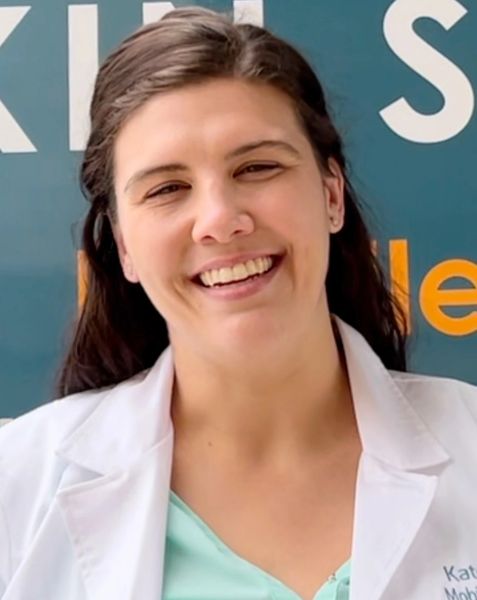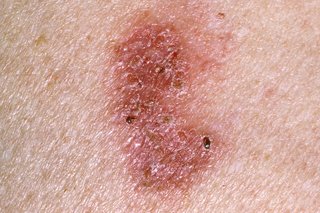

Bowen’s disease is a type of skin cancer that can be very harmful if left untreated. It typically affects the head, neck, and arms, causing scaly or crusty patches on the skin. The disease is caused by a variety of factors, including exposure to ultraviolet (UV) radiation, genetic mutations, and viral infections. If not treated early, Bowen’s disease can become more invasive, potentially leading to a much more dangerous form of skin cancer. People with a fair complexion, a history of sunburns, or a weakened immune system may be at a higher risk for this disease. To prevent Bowen’s disease from progressing to a more advanced stage, it is crucial to detect and treat it immediately. Treatment options may include surgery, freezing the affected region, or applying creams containing chemicals that can help destroy cancerous cells. Overall, the key to managing Bowen’s disease is staying vigilant and working with a medical professional to determine the best course of treatment.
Bowen’s disease is a type of skin cancer that appears as a slow-growing, scaly, or thickened patch on the skin. It is most commonly found on areas of the body that are frequently exposed to the sun, such as the face, scalp, hands, and arms.
Detection of Bowen’s disease typically involves a thorough physical examination of the affected skin area by a dermatologist. The dermatologist may use a special magnifying tool called a dermoscope to examine the skin patch more closely.
Biopsy is usually performed to confirm the presence of Bowen’s disease. In this procedure, a small sample of tissue is taken from the affected area and sent to a laboratory for analysis. If cancerous cells are detected, the dermatologist may recommend further treatment, such as surgery, cryotherapy, or Superficial Radiation Therapy. Regular skin checks are also recommended for people who are at increased risk of developing skin cancer.
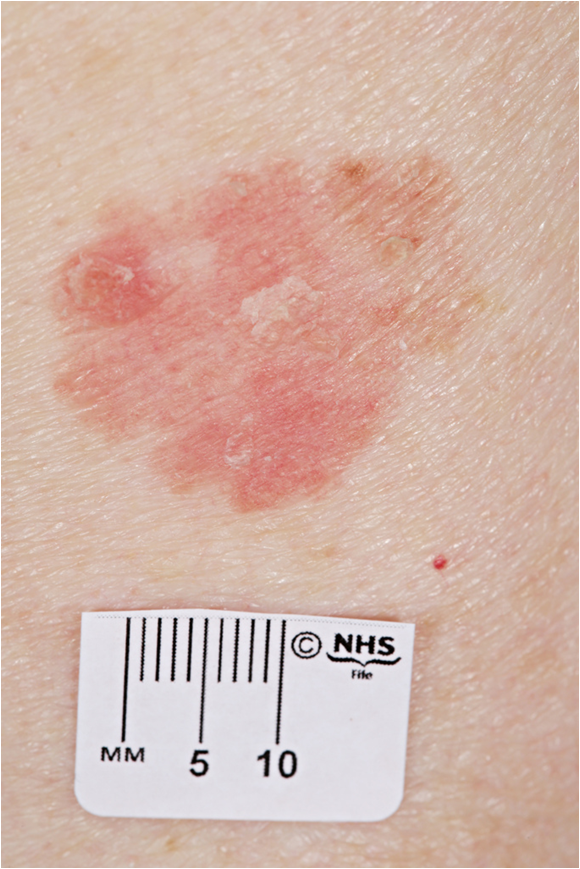
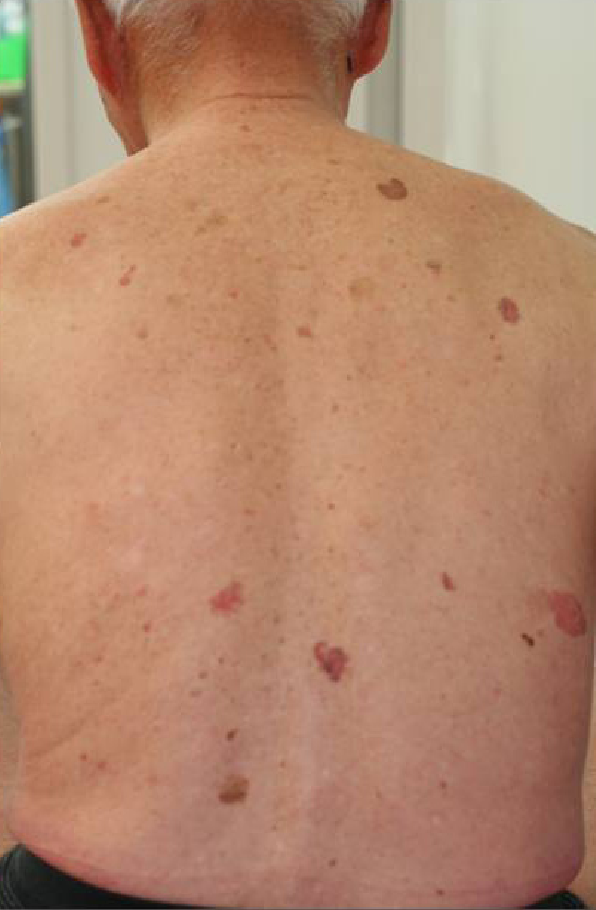
Bowen’s Disease symptoms can appear in any part of the body that is exposed to the sun. However, the areas that are most commonly affected include the trunk, face, scalp, neck, ears, chest, arms, and hands. These areas are often exposed to the sun and may develop abnormal growths or changes in skin color. Bowen’s Disease can also develop on skin that is not exposed to the sun, such as the soles of the feet or under the nails. It is important to regularly check all areas of the body, including areas that are not commonly exposed to the sun, for any signs of early skin cancer or Bowen’s Disease. Any unusual growths, changes in the color or texture of the skin, or persistent sores should be evaluated by a healthcare professional.
The signs of Bowen’s are often easy to mistake for other skin conditions, such as eczema, psoriasis or skin cancer. Early signs of Bowen’s Disease may include changes in skin color or texture in sizes ranging from 1-3 centimeters, with amorphous shapes. The early presence of Bowen’s Disease may also cause skin irritation and itching.
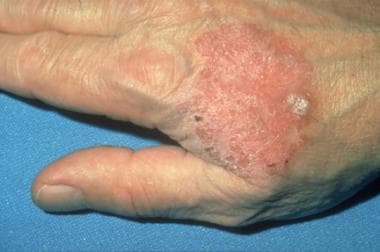
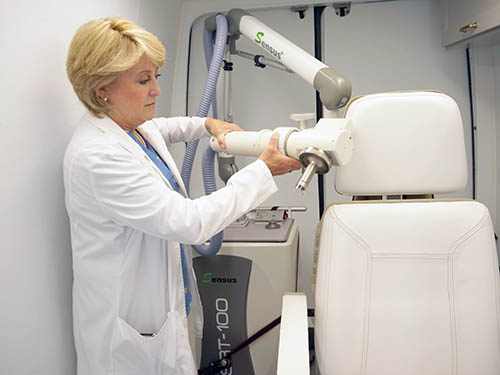
Bowen’s disease, is best treated using superficial radiation therapy. This type of therapy utilizes a high-energy radiation beam that penetrates only the surface layers of the skin to target and destroy cancerous cells. The treatment works by damaging the cancer cells’ DNA, leading to their death and preventing further growth. Superficial radiation therapy is a non-invasive and painless procedure that is typically administered over several weeks to ensure that all cancer cells have been effectively eliminated from the skin. While some patients may experience mild skin irritation or redness as a side effect of the treatment, it is generally considered safe and effective for the management of Bowen’s disease. Patients undergoing this type of therapy should follow up with their healthcare provider for ongoing monitoring and care.
SRT or Superficial Radiotherapy is a highly successful skin cancer treatment option for Basal and Squamous Cell Carcinoma, without the pain and surgery involved in other skin cancer treatment methods like MOHS.

